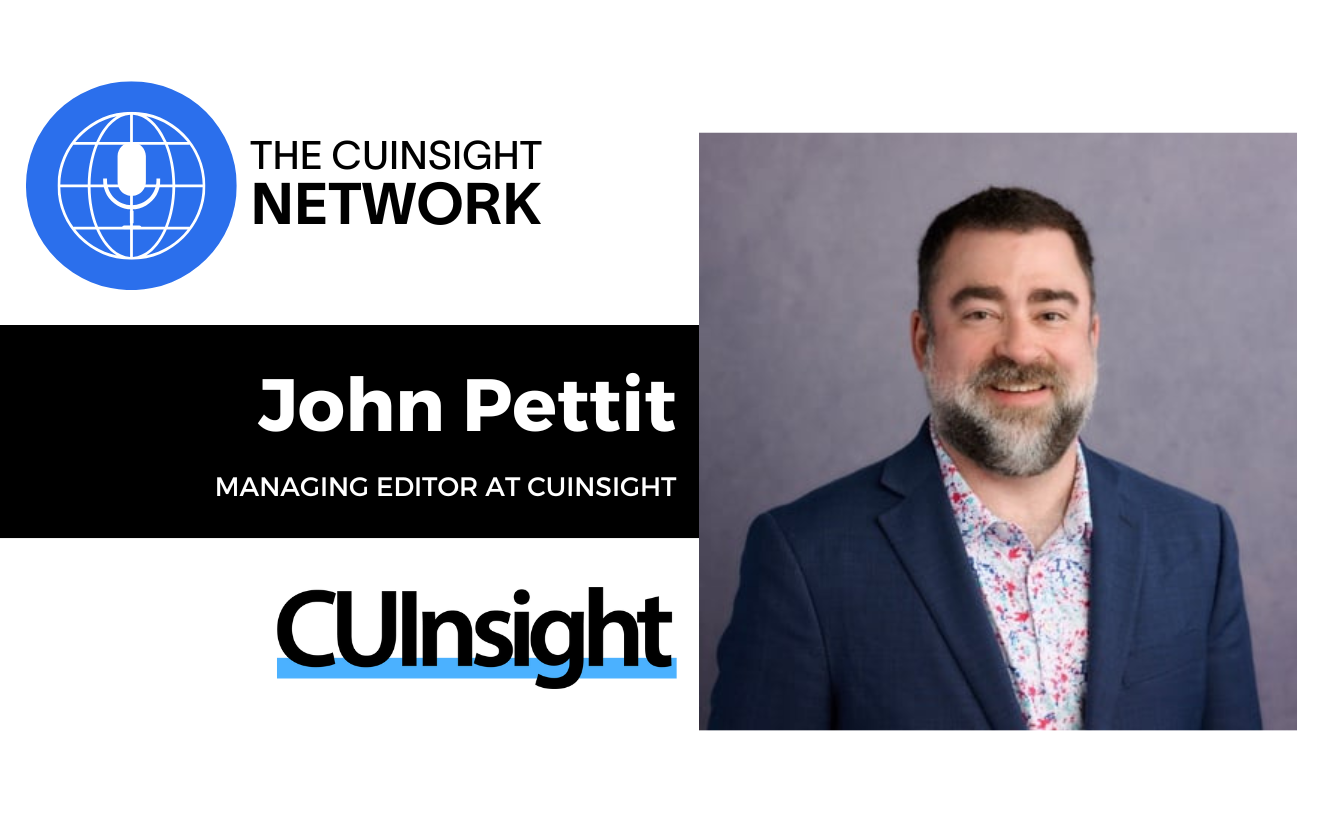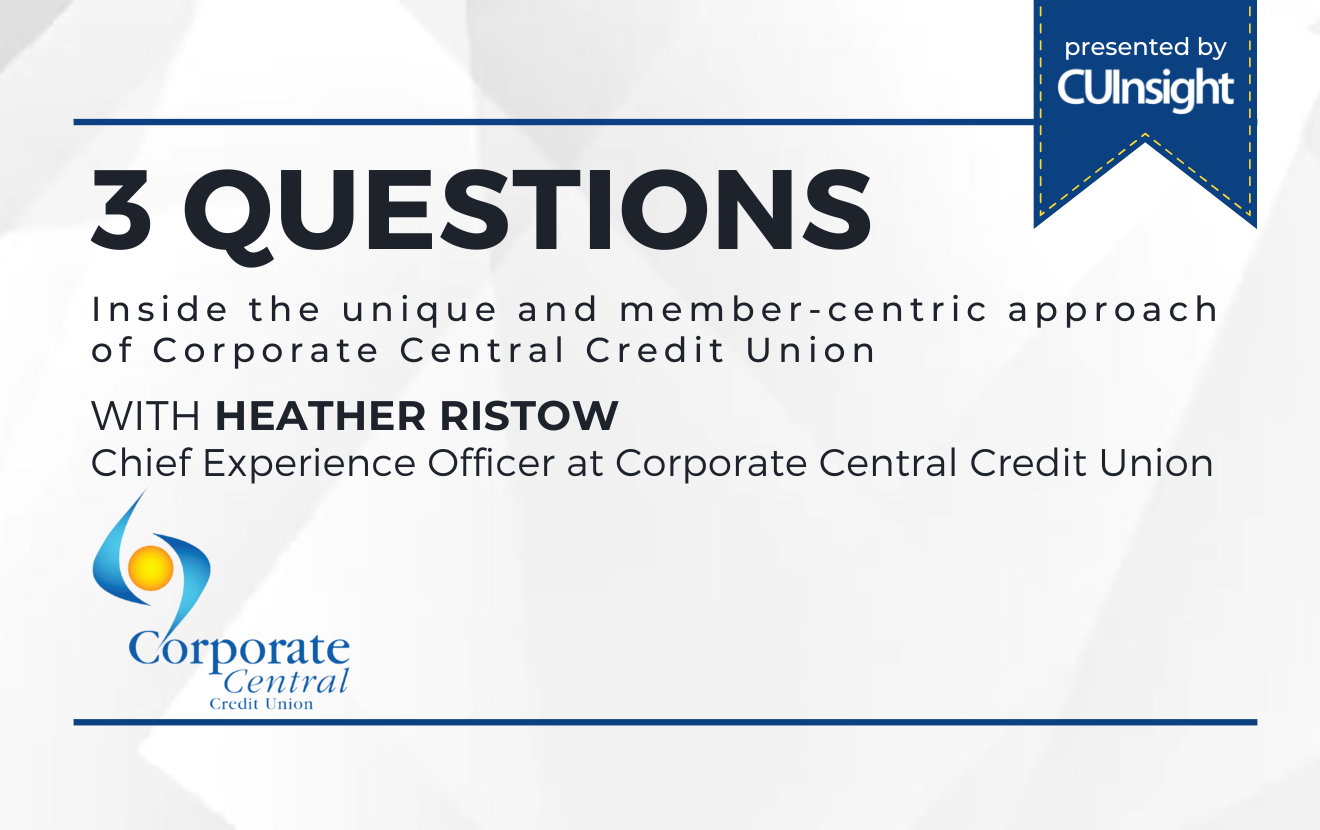From Gen Z values to marketing funnels, from Zillow to Red Bull, a wide spectrum of topics and companies were featured in five days of non-stop seminars at this year’s Brandweek 2021, the premier global conference for all things branding and marketing.
I worked hard to compile common threads, interesting stats, and controversial topics, as they apply to financial services, to share with you today. It’s all about the authenticity, the emotional connection, the representation, and answering the why.
Let’s dive in.
1. Be Authentic in Your Marketing
No surprises that this takeaway would be first on my list. I was struck by this comment from the seminar Why Influencer Marketing Is Going from $15bn - $85bn, featuring Harriet Seitle, Brad Smallwood, and Steven Wolfe Pereira: The more authentic the content is, the more people pass it along. Ok, makes sense right? But how do organizations actually make authentic content, and how do they know that the content is authentic? I’ll get to that soon.
The success of authentic branding and content would explain why TikTok has skyrocketed as a marketing channel. It’s the new, unfiltered Instagram – real people doing real things interacting with real products and services. Just look at the outrageous success of the Ocean Spray and the TikTok of the man skateboarding, drinking Ocean Spray straight out of the jug, groovin’ to Fleetwood Mac.
It’s incredible in its simplicity, watchability, and emotional connection. It borders on marketing perfection – and it wasn’t even created by the company!
Now, you don’t need TikTok to be authentic. Authenticity is a beacon, a mindset, a value. You can infuse authenticity into any marketing effort you partake in. You just have to be:
- Honest: Be real about who your company is, who your employees are, what you stand for, and who your customers are.
- Brave: It takes courage to be authentic – to look at your company and see its quirks and not just filter out all the unsavory aspects.
- A good listener: Hear what your customers are saying to their network and what they are telling you to your face. Don’t filter out what you want to hear. Listen as though you are aptly watching your favorite show.
- Empathetic: Now, take everything you heard and try to relate, even if your experience is vastly different than your membership. Missed a car payment? Try to understand how that would feel. An immigrant who opened their first account? Try to understand how that would feel. Struggling to put yourself in their shoes? Talk to them, hold workshops, roundtables, interviews, articles, community events, do research.
- Patient: A new brand strategy and marketing effort takes time. You won’t turn the ship overnight.
You’ll see these five components pepped throughout this entire article. In truth, they are the foundation for a lot more than authenticity in branding.
Here are a few takeaways from Soyoung Kang, CMO of eos’ presentation, a hilarious study on authentic branding:
- Embrace your customer’s brand. Who are they? What do they stand for? What are their lives like? Their brand + your brand = success.
- Authenticity boosts influence. The more authentic you are, the more popular your marketing messages will be, and the more they will be shared among your audience to their own audiences.
- Be fast, be brave, and if possible, be funny. Think of the most successful, memorable marketing pieces you’ve seen. Were they funny? Ironic? Bold? There’s a reason funny cat videos have billions of views and the Ice Bucket challenge was embraced by millions – because humor is memorable and contagious.
Unfortunately, I won’t be able to share the NSFW example Kang gave of a successful eos marketing campaign which utilized humor (and shaving certain areas) but you are welcome to look it up yourself. Now credit union folks will tell me, “How can my marketing team create something funny and outrageous when we are a credit union or a FinTech?” And my response to you is, “Where there’s a will, there’s a way.” Funny and bold do not equal obscene. Funny and bold do not equal expensive. Start off small and work into it. See what resonates with your customers. Do some A/B testing – one with a funny subject line and one with a standard subject line and see what performs better.
And how do you know you are being authentic?
A/B testing is one of many ways to measure the effectiveness of your authenticity. Is it resonating? Is your audience responding with their own experiences as well as sharing your message? This is a sure sign you are connecting with authenticity.
Angie Klein, President and CEO of Visible says, “Consumers can tell when a brand is being inauthentic,” and that stuck with me. Her entire seminar on How Visible Built a Reputation as an Impact-Led Brand was tremendous, and we’ll cover more on her later.
2. People want to know Why.
Marvin Chow, VP of Global Marketing at Google blew my mind with his data-based presentation on consumers and their quest for knowledge. So much so that I posted on LinkedIn about how incredible his presentation was, and he RESPONDED to my post (swoon!!) Let’s take a look at some of the key takeaways from his presentation.
- In 2020, the word why was searched more than ever before. Chow used the BLM movement as an example – people searched why it was happening, not what it was. Chow discussed how why must always be the lens marketers view from. How do we understand the needs of our audience and how do we help fulfill them?
- Storytelling in your branding is more important than ever. Chow said, “The depth of storytelling after COVID is deeper.” And it makes sense, right? People want to know why, and stories tell them why. They have a narrative, an arc, a resolution. They paint a more complex picture of what your organization does and quench customers’ thirst for a deeper understanding of who you are. This leads me to Chow’s next point.
- It’s not about the technology, but closeness to another person. After the pandemic, consumers yearn for a meaningful, emotional experience from the brands they do business with. And good news – because this aligns so brilliantly with what credit unions and purpose-driven FIs can offer. Lean into your history, values, purpose, community, differences, customers – all those things that make your credit union unique from anyone else.
- You need to reevaluate what your purpose and values are. Chow said, “Who are we? What do we hold dear as a brand? How can we be helpful to people?” And doesn’t this comment just align even more brilliantly with credit unions’ values? Their whole reason for being is to help people: “People helping people” is our mantra. Focus on who you’ve helped and why. Share it with everyone. Be loud about it. Be proud of it.

3. It’s ok to get emotional.
The tremendous presentation given by Aimee Johnson, CMO of Zillow provided insight into the homebuying industry. As you can imagine, the past year and a half has been a rollercoaster for a company like Zillow, with the historic surges in buying, selling, demand, pricing, rates, and so on. She focused on the dual concept of trust & consumer education, especially when it comes to financial needs (like homebuying).
Zillow is much more than a listing site. Did you know they buy and sell homes and provide financing? They write on their website, “Zillow and its affiliates offer customers an on-demand experience for selling, buying, renting and financing with transparency and nearly seamless end-to-end service.”
The single biggest takeaway I received from her presentation was this statistic: 30% of people cry in the homebuying process. I fall into this group. I bought a home in 2018 in Denver. A “fixer upper,” “cozy,” “great for first time homebuyers.” You know what those terms mean: kind of crappy. I had minimal knowledge of the process and made quite a few mistakes along the way. It was isolating, confusing, and frantic.
Two things happened to me: (1) I got in a big fight with two ladies at the post office who whispered that “my generation doesn’t care about people,” the day before closing and (2) Ugly cried in my car after leaving the closing appointment. It was hot I remember - June. I was crying and sweating at the same time, and then I went and got falafel.
I certainly could have benefitted from additional therapeutic resources and educational content. Johnson spoke on Zillow’s efforts to ramp up educational content on all channels because they realize what a harrowing experience home buying is. She mentioned a basic, but critical topic: “What is a mortgage?”
Johnson played Zillow’s lauded “Me” Commercial, which incorporates the wide emotional experiences of homebuying.
In summary, financial experiences are deeply emotional for consumers. As I mentioned before, put yourself in their shoes. Don’t be afraid to connect with them in emotional ways and share your stories. Don’t be afraid that the educational content you produce is too basic. There is no such thing.
4. What do Gen Z and Millennials Want?
Gen Z and Millennials have proven to be an endless marketing conundrum. Brandweek ‘21 featured a few presentations that provided fascinating, and quite frankly, shocking insight into these two unique generations and what they value from brands. I’ll share my takeaways with you below.
Melissa Hobley, CMO of OkCupid, an online dating site, shared these statistics on their Gen Z users.
- 34% identify as LGBTQ+, as compared to of 14% millennials
- 10% are more than one race
- 65% say that the ads they see aren’t relevant to them: “I never see myself represented”
These statistics show a real need for representation in branding. As financial institutions, what are you doing to show that you care about these younger generations and are welcoming them into your business? The standard stock photos won’t cover it anymore.
I always chuckle at the obligatory “mixed race” young, spunky model used in hundreds, if not thousands of stock photos. She is the token individual companies use when then want to represent younger generations. Have you seen her? I bet you have. Have you used her in your marketing? I bet you have. I regret to say that even I have used her, many years ago.



In a reverse Google search, the top photo produced over 1,600 results. That means this photo exists on a webpage 1,600 times. Gen Z consumers do not see this type of stock photography as representing them. Why not actually reach out to them and ask for a photo? Why not use one of their Instagram posts?
Angie Klein of Visible provided critical insights into Gen Z and Millennial values as well. Visible positions itself for younger generations, those who are value conscious, philanthropic, and do not benefit from the standard nuclear family pricing for phone service. Did you know that Verizon’s pricing only makes sense if you have a family plan (and by family, they mean actual spouse and children, not chosen family)? Their pricing is based on a group, not an individual, so you are paying significantly more if you are the latter. Visible certainly got my interest with this stat.
Let’s take a look at some figures they’ve obtained on Gen Z and Millennials.
- 3 out of 4 Millennials donated money during the pandemic.
- 90% of Gen Z believes companies should act to help social and environmental issues.
- 75% will research to see if a brand is backing up their statements with actions.
- 83% of Millennials would be more loyal to a company that increased their efforts to support social causes.
Now, I’d like to play devil’s advocate here. Financial institutions lament that they have trouble attracting younger generations – especially credit unions, whose average member age is 47 (source: Trellance.) And yet, a recent survey conducted by Aux overwhelmingly showed that credit unions do not want to take a stand in social causes and issues. They would rather stay neutral as not to offend any of their membership. Do you see the problem here? You’ll only attract younger generations if you do, in fact, take a stand and support causes.
Conclusion
I’ll end with a wonderful quote from the marketing experts Jason Porter, Kevin Peck, and Kellyn Smith Kenny at AT&T’s first responder service FirstNet: “If your audience is truly unique, then treat them as such!” Our industry has an incredible opportunity to lean into our unique customer base. Now is the time to shout from the rooftops what we do best, how we help our members, how we make a difference, and WHY we are better. Let’s not let it pass us by.
Have a comment, question, rebuttal? Don’t be shy! Share or let’s connect one on one. Thanks for reading!







